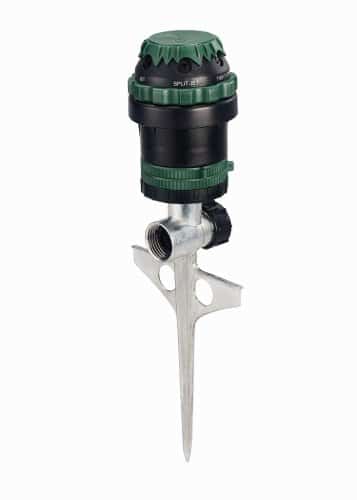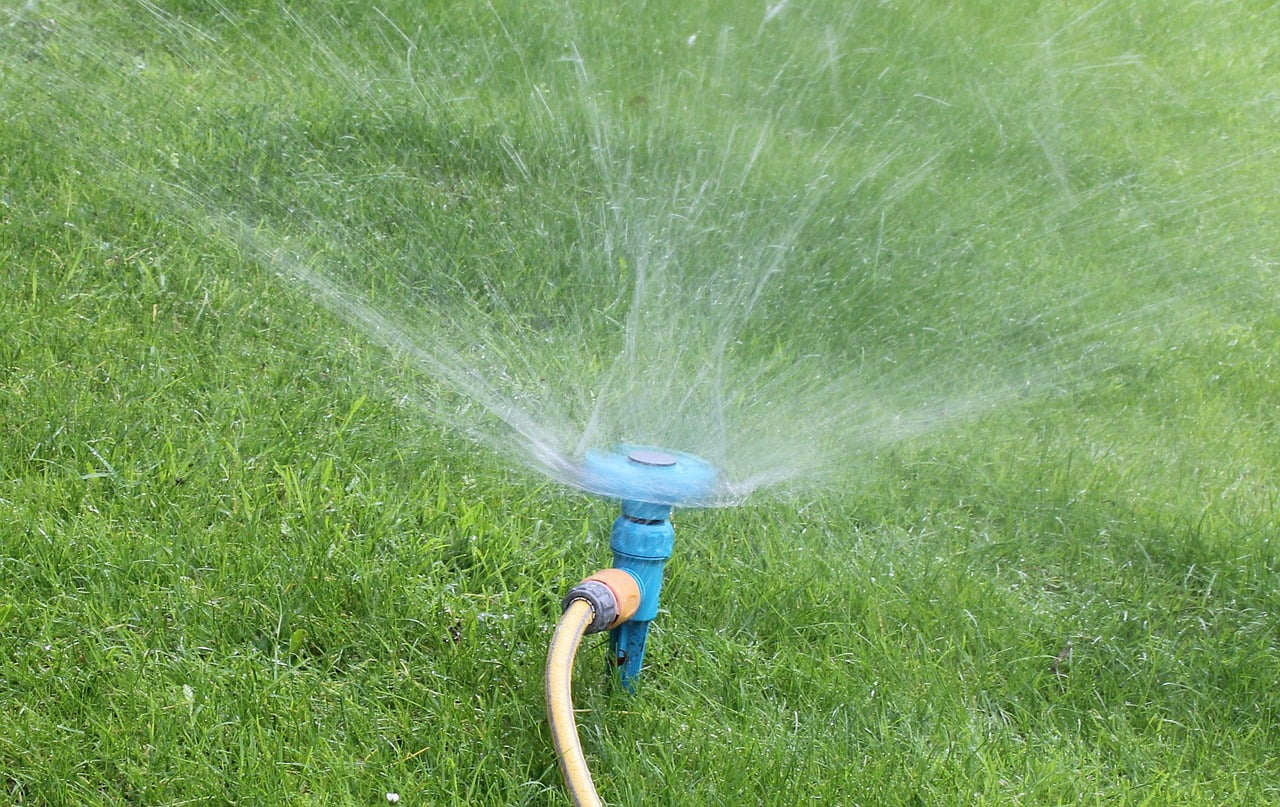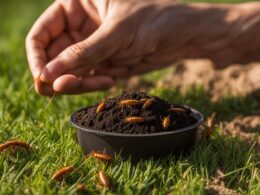If you’ve noticed black spots on your raspberries, don’t panic. These spots can be a sign of various fungal infections, which are commonly known as cane diseases. Fungal diseases such as spur blight, anthracnose, and cane blight can infect raspberries, including red raspberries, black raspberries, and blackberries, causing damage to the canes and decreasing yield the following year.
Black spots on raspberries are particularly prevalent in wet weather and when water splashes onto the plants. To identify cane diseases, it’s important to observe the unique symptoms on primocanes in late summer and early fall. Once detected, managing and preventing cane diseases is crucial for maintaining a healthy raspberry patch.
To prevent cane diseases, consider maintaining narrow beds and open canopies within your raspberry patch. This improves air circulation and reduces the likelihood of disease spread. Additionally, it’s recommended to remove infected canes and floricanes after harvest to prevent further infection.
Improving air circulation within your raspberry patch can be achieved by spacing plants adequately and avoiding overcrowding. This helps prevent the development and spread of fungal infections. In severe cases, the use of fungicides can be considered as a last resort. However, it’s important to prioritize cultural practices and prevention methods to manage cane diseases effectively.
By understanding the causes and fixes for black spots on raspberries, you can take proactive measures to ensure the health and productivity of your raspberry plants. With proper care and attention, you can enjoy a bountiful raspberry harvest year after year.
Raspberry Leaf Spot: Identification and Prevention
Raspberry leaf spot is a common fungal disease that affects raspberries, causing small dark green to black spots on the upper surface of young leaves. As the leaves age, the spots turn white to gray and may develop small holes. Severely infected leaves can fall off, leading to reduced harvests. The disease is most prevalent during humid summers.
To prevent and manage raspberry leaf spot, it is important to follow proper cultural practices:
- Choose the right planting site: Plant your raspberry bushes in a location that receives full sun and has good air circulation. This helps to limit the humidity that promotes fungal growth.
- Maintain narrow rows: Keep your raspberry rows narrow to allow for better air movement between the plants. This helps to prevent the spread of fungal spores.
- Remove weeds: Weeds can provide a breeding ground for fungal diseases. Regularly remove weeds from your raspberry patch to reduce the risk of infection.
- Thin overgrown plantings: If your raspberry plants become overcrowded and dense, it can create a favorable environment for fungal diseases. Thin out the plants to improve air circulation and reduce the risk of leaf spot.
- Remove fallen leaves: Fallen leaves can harbor fungal spores, so it’s important to regularly clean up and remove any debris from the ground.
By implementing these cultural practices, you can minimize the risk of raspberry leaf spot and ensure healthy plant growth. In most cases, fungicides are not necessary if you follow these practices diligently. However, if leaf spot becomes severe and threatens your harvest, consult with a local agricultural expert to determine the appropriate fungicide to use.
Image:
Common Raspberry Diseases and Their Management
In addition to cane diseases and leaf spot, raspberries are susceptible to various other common diseases that can hinder their growth and productivity. It is essential for raspberry growers to be aware of these diseases and take necessary measures to manage them effectively.
Rust, caused by the Phragmidium rubi-idaei fungus, manifests as yellow, orange, or red pustules on the leaves. This fungal infection can weaken the plants and hamper their ability to produce healthy fruits.
Raspberry blight, caused by the Paraconiothyrium fuckelii fungus, primarily affects the older canes, leading to their shriveling and eventual death. It is important to identify and remove infected canes to prevent the spread of this disease to healthy plants.
Raspberry root rot is another common disease caused by Phytophthora pathogens. It targets the root system, resulting in wilting, decay, and reduced plant vigor. Implementing proper drainage and avoiding overwatering can help prevent this disease.
Grey mould, caused by the Botrytis cinerea fungi, appears as furry brown-grey mould on raspberry flowers and fruits. This disease thrives in humid conditions and can significantly affect yield and fruit quality. Regular pruning, good air circulation, and keeping the planting area clean can help prevent grey mould.
Verticillium wilt, caused by the Verticillium dahliae and albow-atrum fungi, attacks the vascular system of raspberry plants, leading to wilting, leaf drop, and reduced productivity. Choosing disease-resistant varieties and maintaining balanced soil moisture levels can help prevent the occurrence of this disease.
To manage these raspberry diseases effectively, it is crucial to invest in disease-resistant varieties, promote good ventilation by proper spacing between plants, avoid stress caused by dry conditions or waterlogged soil, and regularly inspect and remove infected plant material. Fungicides should only be used as a last resort, with a primary focus on prevention and maintaining optimal growing conditions.
What Causes Black Spots on Raspberries and Can the Fixes Help with White Spots on Money Tree Leaves?
Black spots on raspberries are caused by a fungus called anthracnose. To fix it, remove and destroy infected plants and improve air circulation. For the white spots on your money tree leaves, it could be caused by overwatering or pests. Troubleshooting white spots on leaves includes adjusting watering habits and checking for pests.










